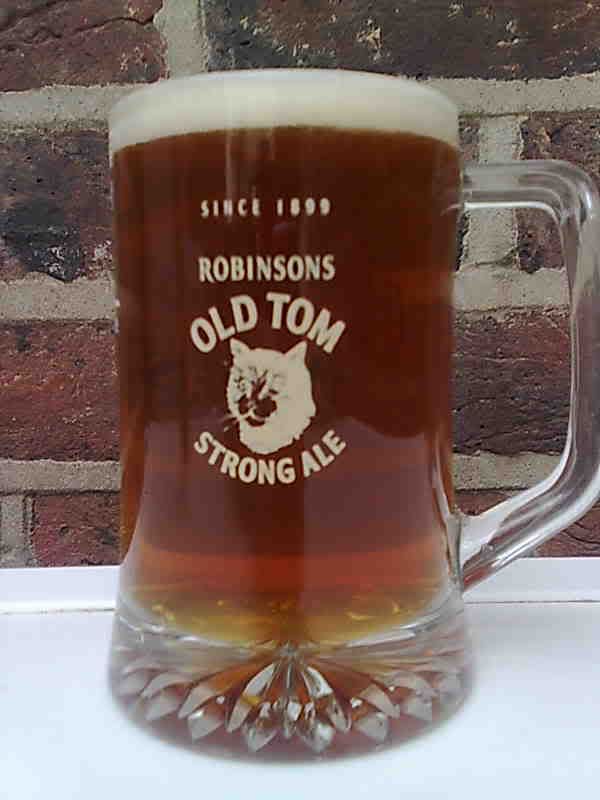Man boobs & big bellyChappie519 wrote:Higher mash temps = Less fermentables = more mouthfeelSiHoltye wrote:I might have thought the higher mash temp would finish the beer at 1.012 or 1.013 all things being well. I'll report back on it.
AG#052 - Channel Hopper
-
RabMaxwell
Re: AG#052 - Channel Hopper
-
BarryNL
Re: AG#052 - Channel Hopper
Hmm, I've heard this is not a great way to do it - I'd be interested to know what sort of ABV they're getting from a 1.040 wort.SiHoltye wrote:Just spoke to Steve at the brewery, he said that after pitching at not a particularly high rate they pump in sterile air (not O2) in to the fermentor for 20 mins of every hour for the first 12 hours, then let it rest for 12hrs. Then they do the same 4 times more - 20 mins in hour for the next 4 hours. After 48hrs he'd expect a 1.040 wort to have attenuated to 1.014.
He emphasised the importance of oxygen to their yeast during fermentation.
In theory:
yeast+sugar = alcohol + CO2
yeast+sugar+oxygen = more yeast + CO2
I'd be worried that I was simply breeding yeast by oxygenating so long into the ferment.
-
Chappie519
Re: AG#052 - Channel Hopper
Too true!RabMaxwell wrote:Man boobs & big bellyChappie519 wrote:Higher mash temps = Less fermentables = more mouthfeelSiHoltye wrote:I might have thought the higher mash temp would finish the beer at 1.012 or 1.013 all things being well. I'll report back on it.
-
SiHoltye
Re: AG#052 - Channel Hopper
Trying this now after 3 weeks in the keg having come out at 3.5%. It's not what I set out for. It's an innoffensive pale ale. Needs more body perhaps by way of more crystal, more hop flavour possibly the yeast didn't help as it's quite drying in flavour I think.  Packing body and flavour into a 1.040 isn't easy it seems. Beginning to wonder again if Goldings do it for me, or perhaps I just need to use more.
Packing body and flavour into a 1.040 isn't easy it seems. Beginning to wonder again if Goldings do it for me, or perhaps I just need to use more.
-
SiHoltye
Re: AG#052 - Channel Hopper
I'm an idiot, and made an entirely wrong appraisal of this little cracker last nightSiHoltye wrote:Trying this now after 3 weeks in the keg having come out at 3.5%. It's not what I set out for. It's an innoffensive pale ale. Needs more body perhaps by way of more crystal, more hop flavour possibly the yeast didn't help as it's quite drying in flavour I think.Packing body and flavour into a 1.040 isn't easy it seems. Beginning to wonder again if Goldings do it for me, or perhaps I just need to use more.
Having been supping Hophead, Saison, and homebrewed 4.3% pale hoppy ales I wrongly expected to be able to comment on the subtle but gorgeous qualities of this little beer.
Have just now poured a half pint and on a clean palate it sings
It has a bright and lively. It has a bitterness that fades into fruitiness, a sweet backbone from the malt, and a pleasing aroma from the 5g EKG I dry hopped it with. I can do a flavourfilled 3.5%, I can!


